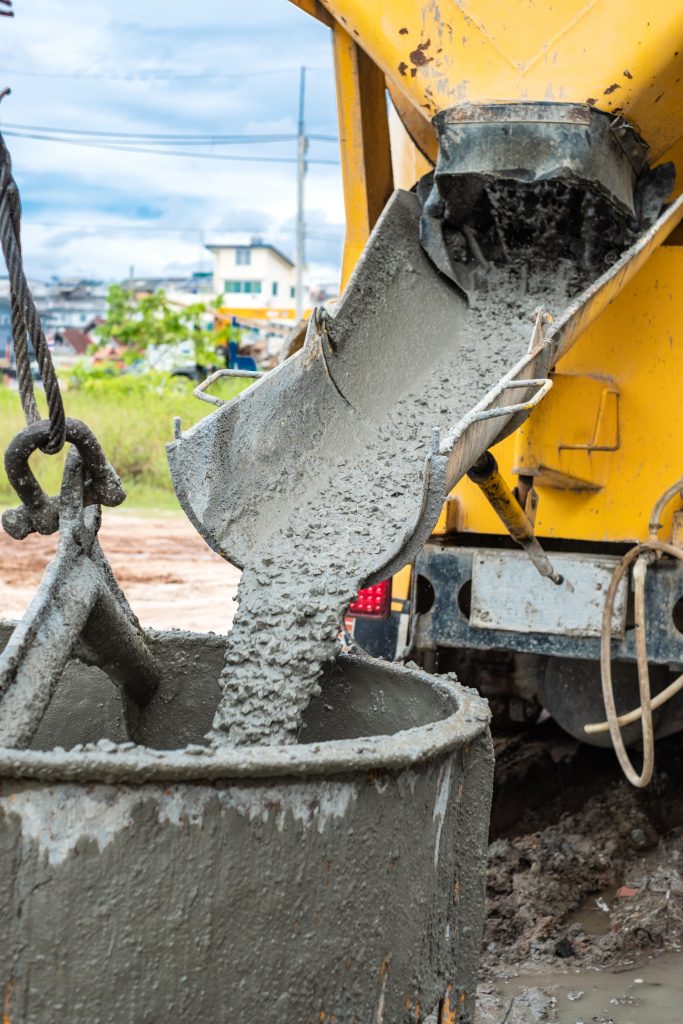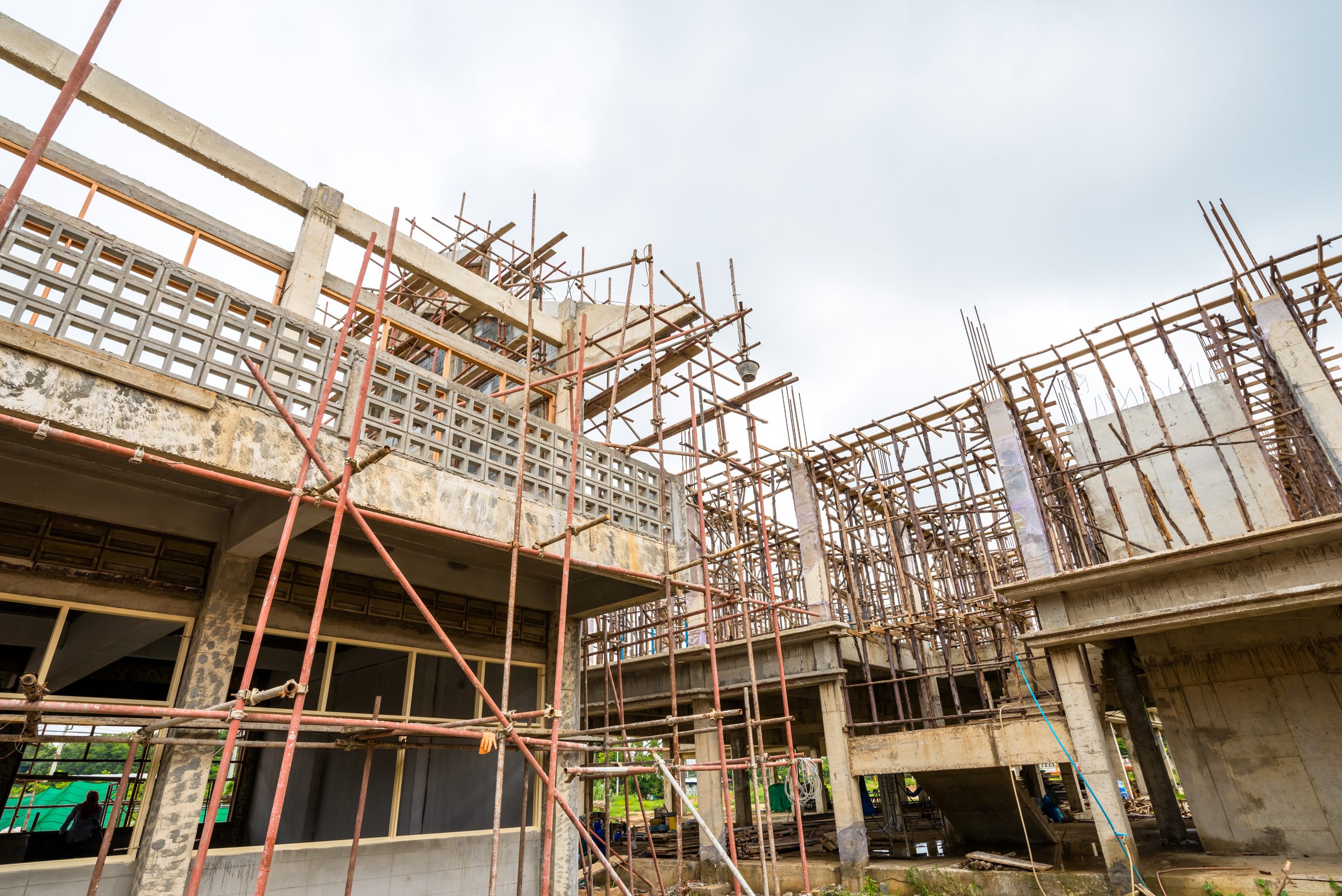Soil, cement wash, asphalt, oil, and other hazardous debris from construction sites can make their way into the San Mateo County storm drain system, flowing untreated into local creeks, the San Francisco Bay, and the Pacific Ocean. This page provides resources to help project applicants include construction stormwater controls in development project designs.
Best Practices
Follow these best practices to prevent pollution, protect public health, and avoid fines or other enforcement action.
Cleaning & Preventing Spills: Use a drip pan and funnel when draining or pouring fluids. Sweep up dry spills instead of hosing. Be ready for spills by preparing and using spill containment and cleanup kits that include safety equipment and dry cleanup materials such as kitty litter or sawdust. To report serious spills, call 911.
Concrete & Mortar Application: Never dispose of cement washout into driveways, streets, gutters, or drainage ditches. Wash concrete mixers and equipment only in specified washout areas, where the water flows into lined containment ponds. Cement wash water can be recycled by pumping it back into cement mixers for reuse.

Maintaining Vehicles & Equipment: Maintain and refuel vehicles and equipment at a single location on-site, away from the street, gutter, and storm drains. Perform major equipment repairs and washings off-site. Inspect vehicles and equipment frequently for leaks, and prevent leaks from stored vehicles by draining gas, hydraulic oil, transmission, and brake and radiator fluids. View this Mobile Fueling Best Management Practices Factsheet for more information.
Preventing Erosion: Avoid excavation or grading during wet weather. Plant temporary vegetation or add hydro mulch on slopes where construction is not immediately planned. Plant permanent vegetation once excavation and grading are complete. Construct diversion dikes to channel runoff to a detention basin and around the construction site. Use gravel approaches where truck traffic is frequent to reduce soil compaction and limit the tracking of sediment into the streets. View this Riparian Erosion and Sediment Control brochure for more information.
Ordering Materials & Recycling Waste: Reduce waste by ordering only the amounts of materials needed for the job. Use recycled or recyclable materials whenever possible. You can recycle broken asphalt, concrete, wood, and cleared vegetation. Dispose of hazardous materials through a hazardous waste hauler or other means in accordance with the construction permit. Non-recyclable materials should be taken to a landfill or disposed of as hazardous waste.
Storing Materials Safely: Keep construction materials and debris away from the street, gutter, and storm drains. Cover exposed stockpiles of soil, sand or gravel, and excavated material with plastic sheeting, protected from rain, wind, and runoff.
CASQA Construction Portal
The California Stormwater Quality Association provides information on construction BMPs in a web-based portal, which replaces its 2003 Construction BMP Handbook. Click here for information on purchasing a subscription to the portal.
Permanent Stormwater Controls
For information about permanent stormwater controls, please see the C.3 Regulated Projects page here.
Very Small Quantity Generator (VSQG) Program
Some businesses generate very little hazardous waste and may be eligible to participate in the Very Small Quantity Generator (VSQG) Program. The Program is designed to provide an inexpensive hazardous waste disposal option to these companies, non-profits, and other entities instead of contracting with a commercial hazardous waste management firm.
The Program operates by appointment only. Click here to learn more.
Additional Resources
- Architectural Copper Requirements
- Best Management Practices to Prevent Stormwater Pollution from Construction-Related Activities
- Building Demolition and Mercury Hazards
- C.6 Construction Site Inspection Report in PDF – Form version
- Concrete & Mortar Application
- Construction BMP Plan Sheet: PDF | CAD (will auto download)
- Creek & Wetland Permitting
- Earth-Moving and Dewatering Activities
- General Construction and Site Supervision
- Heavy Equipment Operation
- Landscaping, Gardening, and Pool Maintenance
- Painting and Application of Solvents and Adhesives
- Riparian Erosion and Sediment Control
- Roadwork and Paving
- Stormwater & Construction Poster: Front | Back
- Best Management Practices for Mobile Fueling: English
